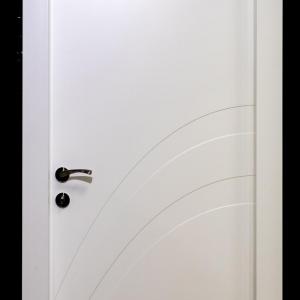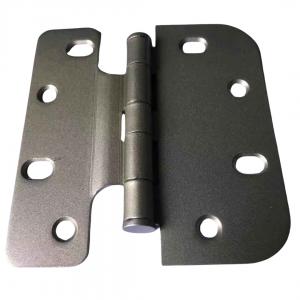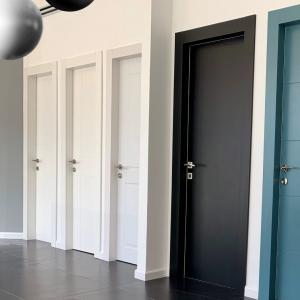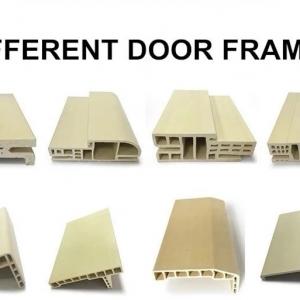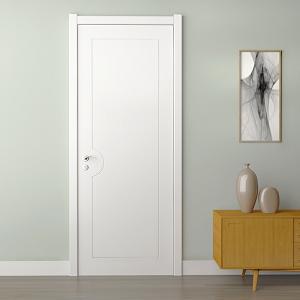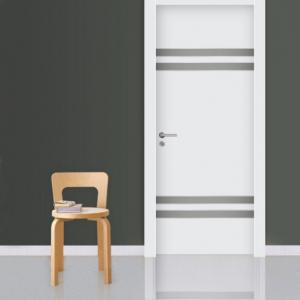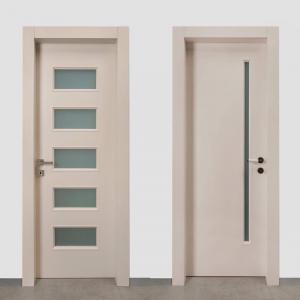When it comes to interior doors, WPC Doors and Solid Wood Composite Doors are the top contenders. Let’s delve into their differences and find the right fit for your home.
- Longevity & Stability: WPC Doors excel in durability, with a rigid material that resists warping. They can last up to 50 years.
- Aesthetic Appeal: Enhanced by thermal transfer printing or paint, WPC Doors boast vibrant appearances. Customizable for a unique style.
- Flame Retardancy: WPC Doors offer safety as they don’t support combustion, extinguishing automatically after leaving a fire.
Disadvantages of WPC Doors:
- Quality Concerns: With newness, WPC Doors’ quality might vary from irregular manufacturers.
- Texture: Though improved, WPC Doors may lack the wood texture found in solid wood composite doors.

Advantages of Solid Wood Composite Doors:
- Diverse Designs: Solid Wood Composite Doors come in various styles, from intricate carvings to modern finishes.
- Durability: They resist deformation, cracks, and offer heat preservation, impact resistance, and sound insulation.
- Aesthetics: Solid Wood Composite Doors exhibit natural textures for an appealing look.
Disadvantages of Solid Wood Composite Doors:
- Susceptibility to Damage: Solid Wood Composite Doors can be damaged and are sensitive to water.
- Deformation Risk: They might crack or deform compared to moisture-resistant WPC Doors.
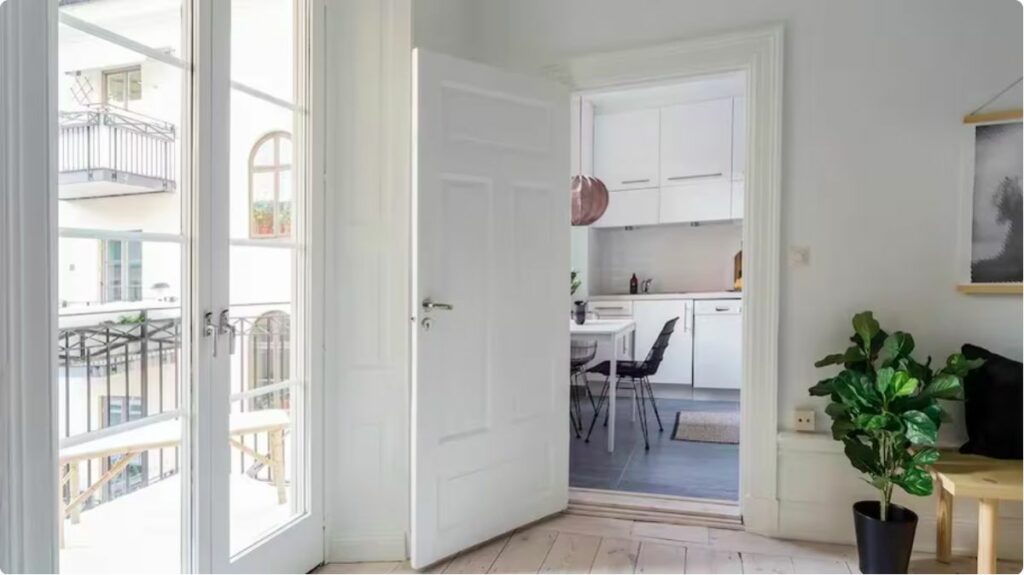
After the above analysis, both WPC Doors and Solid Wood Composite Doors have pros and cons. Your choice depends on your preferences, home decor, and needs. Make an informed decision to create a beautiful and functional home!

